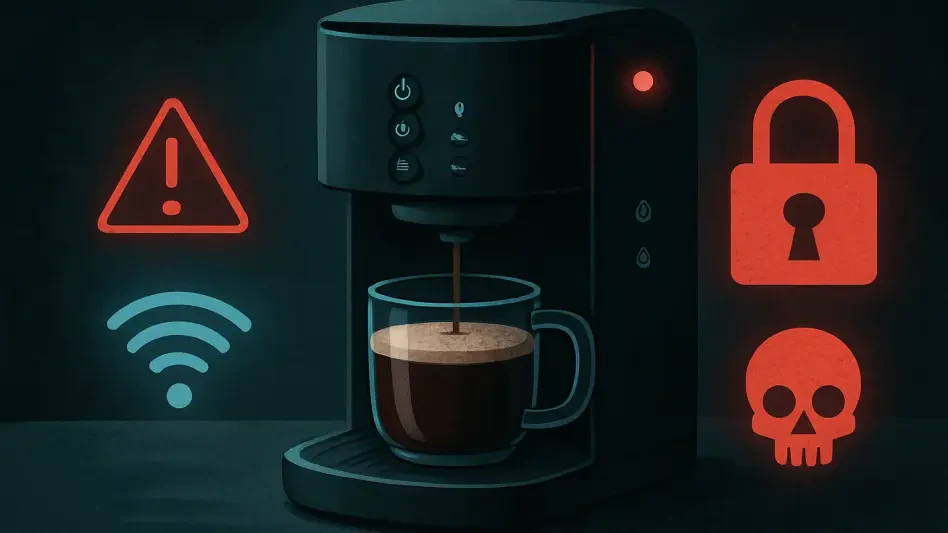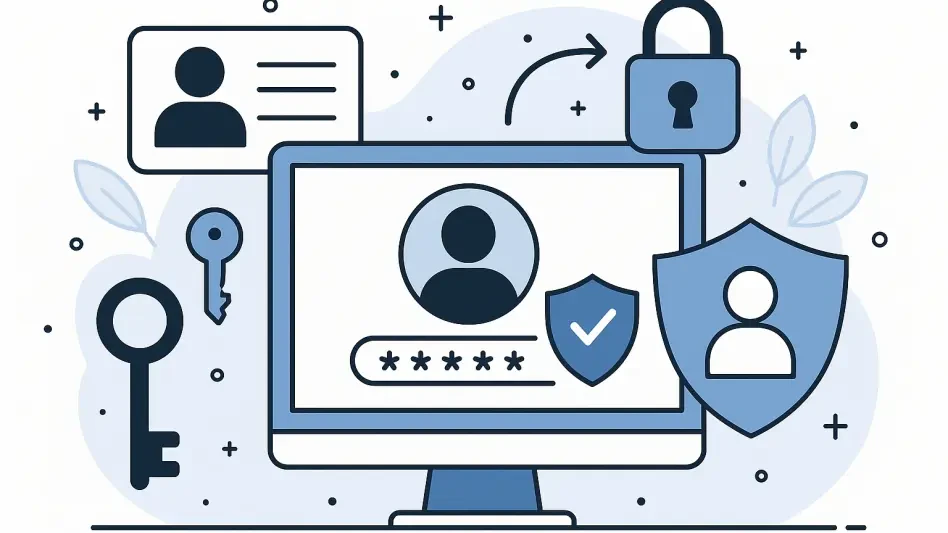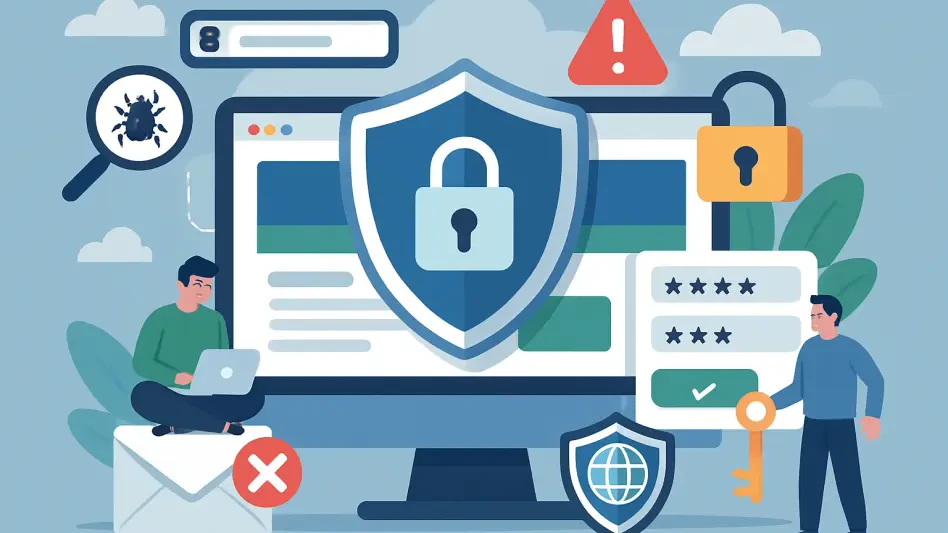Beyond all their futuristic capabilities and practical applications, connected vehicles are driving cybersecurity threats. Cybercriminals can remotely take control of vehicle functions, risking everyone’s physical safety inside and outside the controlled car. They can also access personal and financial information stored in the program, rendering the vehicle unusable. Hacked systems can ultimately spread malware to other connected devices. GPS manipulation, a thing of nightmares, can mislead drivers or help steal their vehicles, and is unfortunately very real.
This article discusses cyber threats that expose fragility in automotive supply chains as cybersecurity risks increase and the digital age expands. Decision-makers must understand these challenges to protect operations and stay competitive in a changing industry.
Connected Cars Are Driving Real Cyber Risk Awareness
Connected cars are like computers on wheels, bringing new risks that consumers now have to prioritize before committing to a purchase. Manufacturers that invest in transparent and proactive security measures will gain a competitive edge. On the other hand, automakers that fall behind risk losing customers to competitors or, even worse, causing customers to avoid connected cars entirely.
Connected, self-driving cars are becoming more common, but many drivers worry about their safety from cyberattacks. In fact, according to the 2025 Connected Car Cyber Safety & Security Index, released by RunSafe Security, a cybersecurity company, 76% are concerned that cyberattacks could cause accidents or endanger their lives.
RunSafe’s 2025 Index surveyed 2,000 connected car owners in the U.S., UK, and Germany. The report shows that drivers are increasingly aware of the cyber risks to their vehicles, and the following concerns are influencing their choices about what cars to drive:
83% of respondents want manufacturers to reveal the sources of their software.
35% are willing to pay extra for better vehicle cyber protection.
71% are considering buying older cars to lower the risk of cyberattacks.
37% would choose a different brand if their favorite vehicle was at risk of cyberattacks.
Automotive cybersecurity is not just about protecting data; it’s about stopping cars from becoming dangerous weapons. Drivers are not being paranoid. They understand that a hacked car can put lives at risk, and the industry must take this seriously, like it would with any other program that keeps people safe.
Detecting Attacks in Multimodal AI Systems
Survey results indicate that drivers are increasingly aware of cybersecurity threats in connected cars, outpacing automakers’ responses. This concern is influencing car-buying decisions, with 79% of drivers prioritizing protection from cyberattacks on their physical safety over securing personal data. Additionally, 65% believe their cars could be hacked remotely, largely due to the use of artificial intelligence and complex software in modern vehicles.
A recent problem with Subaru’s Starlink system only strengthened consumer concerns. Security analysts have discovered a serious flaw in Subaru’s Starlink service, which cybercriminals could use as an access point to take control of vehicles and access private customer information. They proved that connected vehicles can be hacked, leading to privacy breaches, financial losses, and even dangers to people’s safety.
With just a license plate and some basic details like the owner’s last name or email, infiltrators could misuse the code in alarming ways. They could start or stop the vehicle remotely, lock or unlock its doors, and track the car’s location in real time. Additionally, emergency contacts, billing details, and the vehicle’s PIN would be at their malicious fingertips. But the most concerning risk lies in the possibility of hackers viewing the owner’s location history for over a year. This means that pinpointing movements with an accuracy of five meters could allow them to build a complete profile of the victim’s activities.
The failure is connected to problems in the Starlink admin portal, which had a weak password reset tool and poor protection against bypassing two-factor authentication. Subaru quickly fixed the issue within 24 hours of finding it, but this situation highlights a big gap in the security of connected vehicle systems.
Understanding Weak Links in the Supply Chain
Recently, Jaguar Land Rover, a major British car company, experienced a cyber-attack that stopped production at UK factories. This incident affected assembly lines in Solihull, Halewood, and Wolverhampton and put a dangerous spotlight on the weaknesses in their supply chain. This situation raised an important question: how strong are the networks of suppliers, especially smaller companies, when confronted with sudden challenges?
The automotive supply chain should work like a well-organized machine. After all, it does depend on different levels of suppliers, from large tier-one companies to small tier-four providers, all connected in an intricate web. The cyber-attack at Jaguar Land Rover showed how problems at the top can shake that net and easily impact smaller distributors below them.
These smaller players often do not have the money to handle long production stops. A missing part, even if it costs just a few cents, can delay the assembly of essential systems. Take dashboards as an example. They cannot bet on finding new vendors who can meet strict quality standards and respond quickly, so they would be stuck waiting for quality dashboards for weeks.
Jaguar Land Rover has about 30,000 direct employees in the UK, and another 100,000 work in its supply chain. Additionally, around 60,000 people depend on related spending. When production stops, shuttle services can lose thousands daily, and auto parts stores may struggle with low stock and unhappy customers. This chain reaction highlights an essential point for businesses: keeping the supply chain stable is crucial for the local economy’s health.
Lesson to Build Resilience Before Crisis Hits
For industry leaders, history offers a valuable lesson. In the past, big manufacturers have helped struggling suppliers during financial downturns. However, if they experience a major intrusion that may lead to widespread shutdowns, even the headquarters could be overwhelmed by the number of failures. To avoid a parts crisis, companies should take proactive steps, such as diversifying their partners and enhancing digital security at all levels.
Subaru and Jaguar Land Rover’s experiences show that these risks are not hypothetical. Consumers are increasingly concerned about cyber threats, and many are willing to pay more for protection. Some buyers are even reconsidering whether connected vehicles are worth the dangers. Subaru’s Starlink flaw exposed how easily personal safety can be compromised, while Land Rover’s shutdown revealed how a single crack in the system can cascade through the supply chain, impacting jobs and local economies.
Reflecting on the aftermath of these industry examples, it’s clear that automotive leaders must focus on creating diverse and digitally secure supply networks while promoting shared risk management with suppliers. By doing so, they can address immediate threats, maintain consumer trust, and build long-term resilience, turning past disruptions into lessons for a stronger future.








